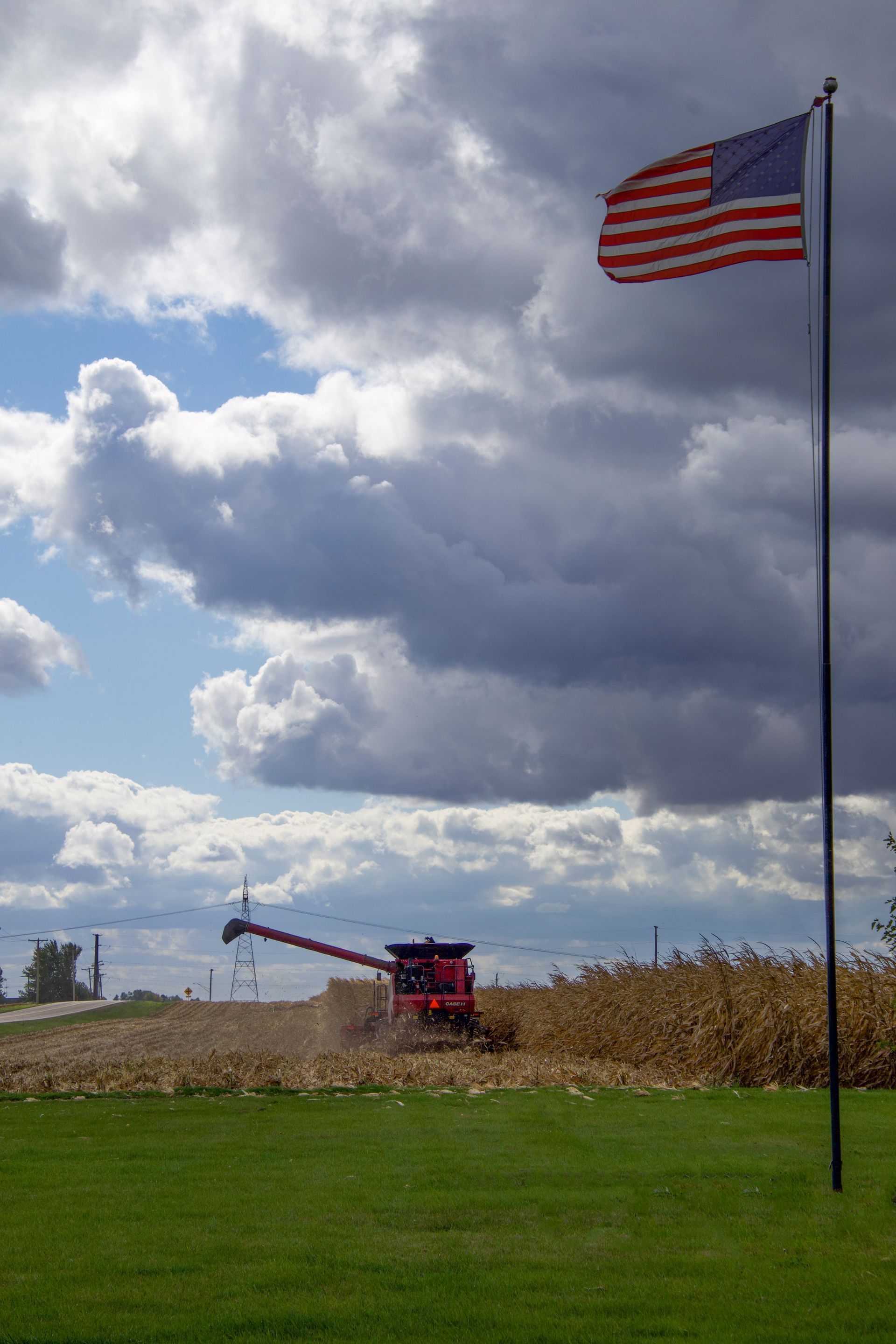3 Cover Crops to Consider Planting in Early Spring and Their Benefits
Cover crops are a valuable tool for improving soil health, preventing erosion, and enhancing nutrient cycling. While many farmers plant cover crops in the fall, early spring is also an excellent time to establish certain species that can provide short-term benefits before a cash crop is planted. Here are three cover crops to consider planting in early spring and their key benefits.
1. Oats (Avena sativa)
Top Benefits:
- Rapid Growth: Oats establish quickly in cool temperatures, providing ground cover before summer crops are planted.
- Weed Suppression: The dense canopy helps smother weeds, reducing competition for nutrients and moisture.
- Soil Structure Improvement: Oats have a fibrous root system that enhances soil aggregation and reduces compaction.
- Erosion Control: Their fast-growing roots help anchor soil, minimizing runoff and erosion risks.
Seeding Rate & Timing: Plant oats at 80-100 pounds per acre as soon as soil temperatures reach above 40°F. They can be drilled or broadcasted and incorporated with light tillage.
2. Field Peas (Pisum sativum)
Top Benefits:
- Nitrogen Fixation: Field peas contribute nitrogen to the soil, reducing fertilizer needs for subsequent crops.
- Improved Soil Biology: Their presence promotes beneficial microbial activity in the soil.
- High Biomass Production: They add organic matter, improving overall soil health and moisture retention.
- Palatable Forage: If used in livestock operations, field peas provide a high-protein forage option.
Seeding Rate & Timing: Sow field peas at 50-80 pounds per acre when soil temperatures reach above 40°F. They can be drilled or broadcasted and work well in mixes with oats or barley.
3. Tillage Radish (Raphanus sativus)
Top Benefits:
- Compaction Reduction: Tillage radish’s deep taproots penetrate compacted soils, improving water infiltration.
- Nutrient Scavenging: They absorb excess nutrients, particularly nitrogen, preventing leaching.
- Weed Suppression: Their rapid canopy growth shades out weeds, minimizing early-season competition.
- Quick Decomposition: After termination, their biomass breaks down rapidly, releasing nutrients back into the soil.
Seeding Rate & Timing: Plant at 5-10 pounds per acre as soon as soil temperatures reach above 45°F. They can be drilled or broadcasted but require good seed-to-soil contact for proper establishment.
Choosing the Right Cover Crop for Your Farm
Each of these cover crops offers unique advantages, so selecting the right one depends on your farm’s needs. If you want fast biomass and weed suppression, oats are a great choice. For nitrogen contribution, field peas provide a boost before planting corn. If soil compaction and nutrient scavenging are concerns, tillage radish is an excellent option. By integrating early spring cover crops into your system, you can enhance soil health and prepare fields for a productive growing season.
Sources: Midwest Cover Crops Field Guide, Managing Cover Crops Profitably, USDA Natural Resources Conservation Service (NRCS) Cover Crop Guidelines






